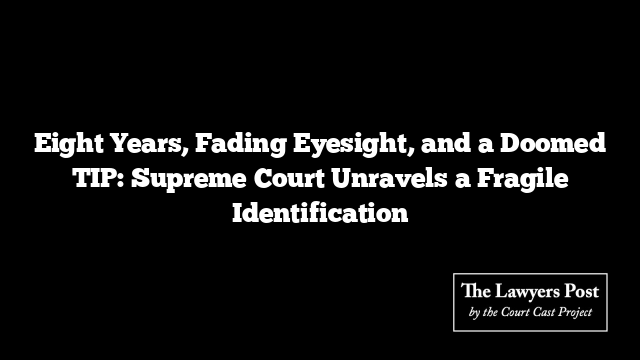In a firm nudge to governments across the country, the Supreme Court has told every State to seriously consider placing human–wildlife conflict in the same bracket as floods, cyclones and other natural calamities—an acknowledgment that the forest’s fury can be just as devastating as the sky’s rage. Alongside this, the Court has made one thing non-negotiable: families of victims who lose their lives in such encounters must receive ₹10 lakh in compensation, without excuses or bureaucratic acrobatics.
This uniform relief isn’t a suggestion; it’s a mandate anchored in the standards set by the Ministry of Environment, Forest and Climate Change under the national wildlife habitat development scheme.
The directions emerged from proceedings linked to the ecological turmoil at the Jim Corbett landscape in Uttarakhand, where the Court, headed by the Chief Justice of India and two companion judges, took a broader view of the rising friction between shrinking forests and expanding human footprints.
Blueprint for Coexistence: NTCA Gets Six Months
The National Tiger Conservation Authority has been tasked with drafting a concrete, country-wide playbook for managing human–wildlife conflict. The Court has allowed the authority to work with State governments and the Central Empowered Committee, but has fixed a strict timeline: six months to write the guidelines, and another six months for States to put them into practice.
Compensation Without Hurdles, Delays or Loopholes
Relying on expert recommendations, the Court insisted that every State must build compensation systems that are:
-
simple and accessible
-
broad enough to cover crop loss, livestock loss, injuries and fatalities
-
free from maze-like procedures that stall payments
Timely compensation, the Court warned, is not charity—it is essential to keep communities invested in conservation rather than turning resentful toward wildlife protections.
Departments Must Move Like a Single Machine
The verdict spotlighted a chronic problem: when elephants raid a farm or a big cat strays into a village, departments often pass the responsibility baton around while the crisis escalates.
The Court demanded that Forest, Revenue, Police, Disaster Management and Panchayati Raj departments operate with joined-up clarity to avoid fatal delays.
Why Calling It a ‘Natural Disaster’ Matters
Some States, notably Uttar Pradesh, have already declared such conflicts as natural disasters. The Court wants others to seriously follow suit because that label unlocks faster funds, quicker administrative action, and clearer accountability.
“Notifying human–wildlife conflict as a natural disaster… should be actively considered,” the bench said, reiterating the obligation to pay the ₹10 lakh ex gratia.
These directions were issued during hearings into the environmental damage caused by illegal constructions and tree felling in the Corbett landscape—an ecosystem already stressed, now receiving judicial reinforcement for its protection.
The case continues under the title In Re: Corbett.




